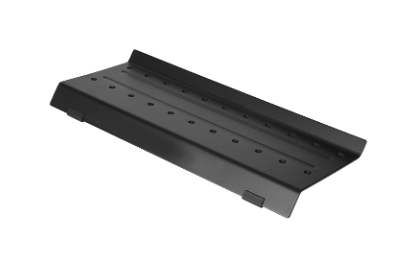Time:2023-08-21 Preview:
Have you ever understood the development background of CNC lathe machining? Some large aviation factories are equipped with hundreds of CNC machine tools, mainly cutting machines. The parts processed by numerical control include the integral wall panels, beams, skins, partitions, propellers of aircraft and rockets, as well as the mold cavities of aviation engine casings, shafts, discs, blades, and special cavity surfaces of liquid rocket engine combustion chambers. The initial development of CNC machine tools was mainly based on continuous trajectory CNC machine tools, with continuous trajectory control.

The initial idea of CNC machine tools was to develop a three axis CNC milling machine at the Massachusetts Institute of Technology in 1952. In the mid-1950s, this type of CNC milling machine was already used to process aircraft parts. In the 1960s, CNC systems and programming became increasingly mature and sophisticated, and CNC machine tools were used in various industrial sectors, but in aerospace industry.
Some large aviation factories are equipped with hundreds of CNC machine tools, mainly cutting machines. The parts processed by numerical control include the integral wall panels, beams, skins, partitions, propellers of aircraft and rockets, as well as the mold cavities of aviation engine casings, shafts, discs, blades, and special cavity surfaces of liquid rocket engine combustion chambers. The early development of CNC machine tools was mainly based on continuous trajectory CNC machine tools, with continuous trajectory control.
Also known as contour control, it requires the tool to move relative to the part according to a specified trajectory. In the future, we will vigorously develop point control CNC machine tools. Point control refers to the movement of a tool from one point to another, as long as it can accurately reach the target in the end, regardless of the moving path.
 Related News
Related News·What are the main factors affecting the quality of metal powder spraying ·What methods can be used for processing hardware parts ·Principles of medical equipment processing and manufacturing ·Use characteristics of non -standard part processing Non -standard part processing equipment is also ·Hardware processing and production process flow ·The cause of the explosion of the mold explosion in the hardware stamping mold processing process ·Machining center control system ·The difference between engraving and milling machines, engraving machines, and machining centers ·The overall data of CNC processing center machine tools? ·Ten steps for CNC machining


